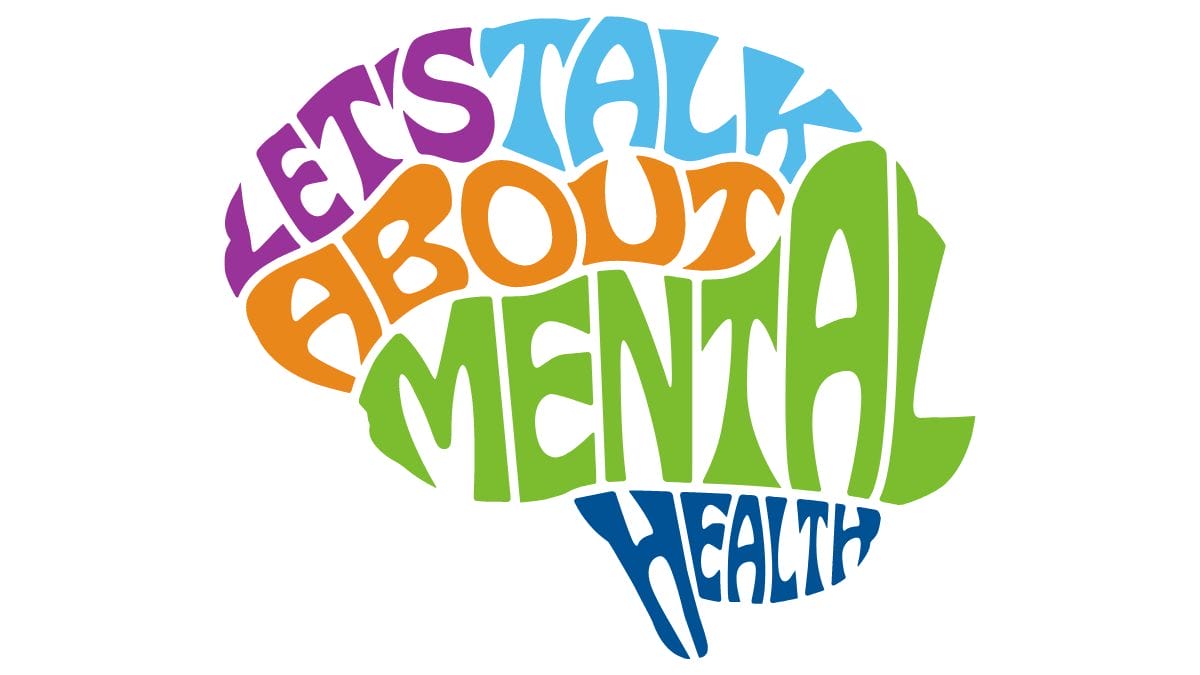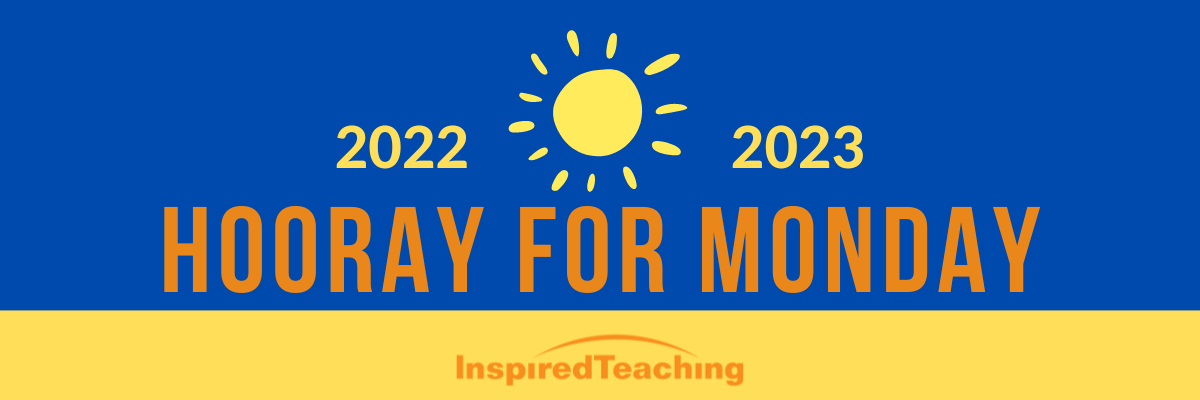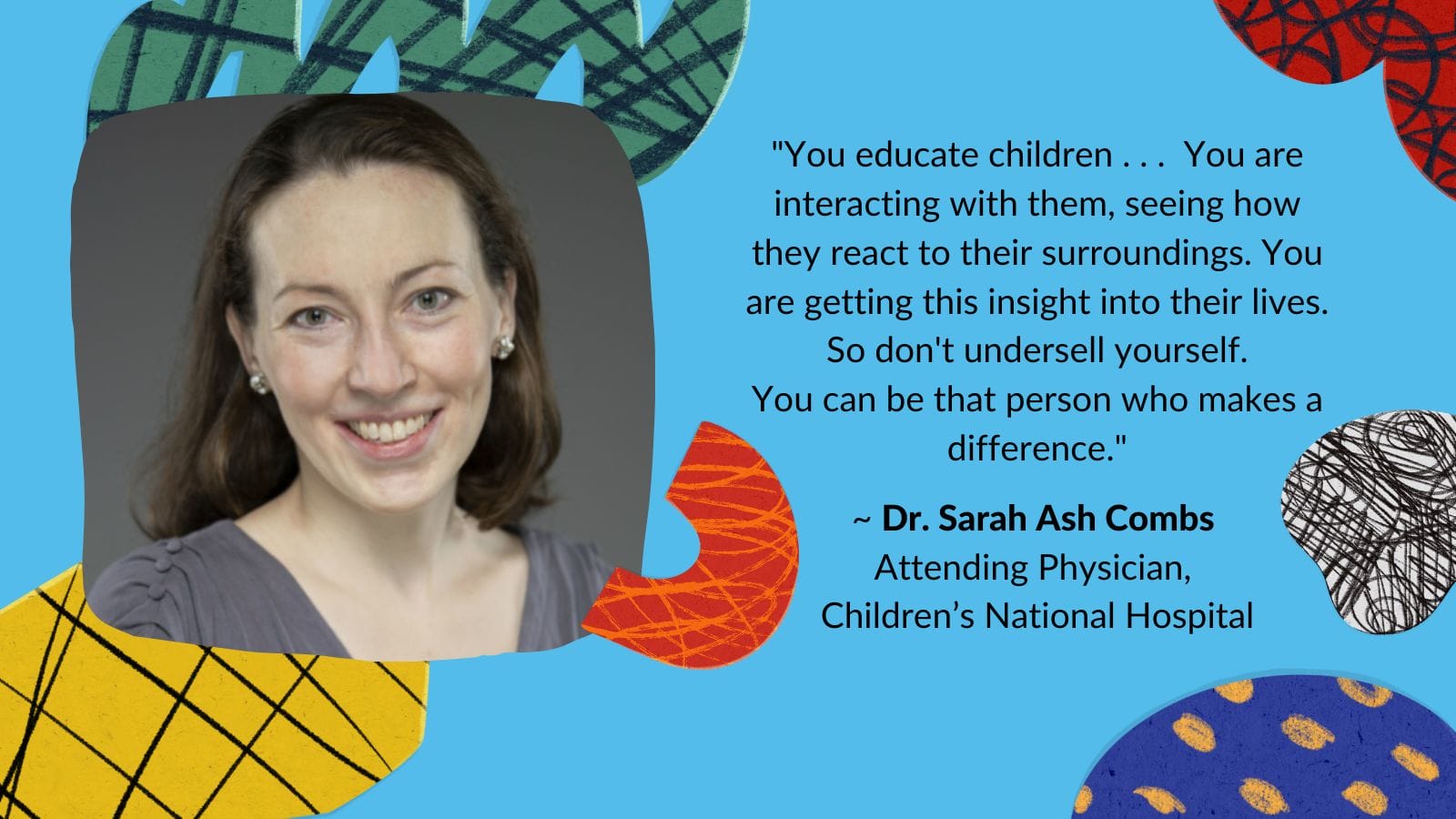April 24, 2023
By Michelle Welk, Marketing and Communications Associate
Hooray for Monday is a weekly blog filled with questions, ideas, reflections, and actions we can all take to remodel the school experience for students.
You can now listen to Hooray for Monday on Spotify! Check out our podcast here.
In light of the CDC “Teen Risk Behavior Survey,” released in February, we have been exploring the concept of “school connectedness” in Hooray For Monday for the last several weeks. We’ve offered concrete strategies and activities for strengthening relationships in the classroom, and have even experimented with using ChatGPT as a catalyst for connection.
To offer some additional expert insight and advice on this front, I spoke with Dr. Sarah Ash Combs, an attending physician in the emergency department at Children’s National Hospital in Washington, DC. Dr. Combs points out that teachers spend a significant amount of time with children and gain a unique perspective into their lives. This expertise means teachers have both an opportunity and perhaps an obligation to help address students’ mental health needs. But teachers don’t have to do it alone.
Here are three action steps Dr. Combs suggests, and be sure to listen to this week’s podcast episode for my full conversation with Dr. Combs.
1. Don’t Be Afraid to Talk About Mental Health
“One thing I think that really bears driving home is: Don’t be afraid to bring up some of these topics,” says Dr. Combs.
It was long believed, in medicine and beyond, that discussing issues of mental health, or more specific concerns like suicidal ideation, might actually introduce the concept to young people, thereby causing harm. However, Dr. Combs explains that current research shows this is not the case. In fact, discussing mental health in an open and matter-of-fact manner can normalize the conversation. “If we just bury that [anxiety and sadness] away or don’t talk about it, that’s probably the most dangerous thing for a child because then they don’t have any outlet to discuss it,” she says.
In a system where regular access to mental health professionals can be difficult, Dr. Combs points out that teachers, who are adults with a constant presence in a child’s life, are in a unique position to destigmatize these conversations.
“A teacher might not be a trained psychologist, but especially an experienced teacher, they’ve been working with children for years and years… And given that [a child might face] a waitlist of a year to get in with a psychologist, your best bet, as let’s say a depressed seventh grader or an anxious third grader, might be your homeroom teacher.”

2. Find Partners in the Community
In addition to making their schools safe spaces for talking about mental health, school leaders can work alongside other entities in the community, like local medical systems.
“Partnering with the broader community is going to be key because, realizing we don’t exist in separate silos in the child’s life, we can all integrate together to help those children get through and hopefully improve their mental health as they move forward,” says Dr. Combs. “We really want the same goal – which is to have children grow up safe and happy and healthy.”
If your school isn’t doing this already, Dr. Combs recommends the resources available through the American Academy of Pediatrics website. The organization shares an array of guidelines, assessments, and strategies for providing mental health support to students, which she says she often makes use of in her own work with partner organizations.

3. An Ounce of Prevention is Worth a Pound of Cure
Dr. Combs notes that what we want our students to learn can sometimes be at odds with their readiness to do that learning.
“If you have children in the classroom who are just being affected by a terrible home situation with, for example, domestic violence or hunger, how are you going to expect them to then focus on learning subtraction when that’s occupying that part of their brain?” she says.
As teachers, we have a number of roles in supporting children in distress. Of course, we are mandated reporters when the situation requires it. And we can use our role as vital members of our students’ communities to ensure that they are seen and heard. Taking the time to ask them how they are doing, and following up each day with attention that shows we care, ensures they know they are not alone.
As Dr. Combs notes, “You are interacting with them and seeing how they react to their surroundings, you are getting this insight into their lives… You can be that person who makes a difference.”
What We’re Curious About
Each week a member of the Inspired Teaching community shares something that’s currently piquing their curiosity. Maybe it will spark yours too!

DO BABIES DREAM?
Dr. Sarah Ash Combs, Attending Physician, Children’s National Hospital
I was in my children’s room the other night. I have an 11-month-old and a just-turned-three-year-old and the 11-month-old was soundly asleep but was laughing and it just made me think: Do babies dream? How young are we when we start dreaming? And what type of dreams do we have?
I’m sure I could go to doctor Google as many of my patients do or look it up. I’m sure there’s research; I’m sure people have put EEG monitors on babies. But it made me think about dreaming and the dream state and the purpose it serves.
What made my little girl kind of smile and giggle that way in her sleep? What do babies dream about? And do they like what they dream about? Do they dream about valleys and valleys of breast milk?
Teacher Resources
ABCDE of Learner Needs
This assessment tool from Inspired Teaching provides a simple, effective framework for identifying and exploring areas where your students may need additional support.
Zoom Out
At a time when the world can seem full of existential crises, this activity is useful in helping students understand their environments – and may even help make big problems feel more manageable.
American Academy of Pediatrics Resources
This site, recommended by Dr. Combs, includes an array of tips and strategies for addressing mental health issues, as well as connections to other organizations for educators to utilize in their classrooms.





